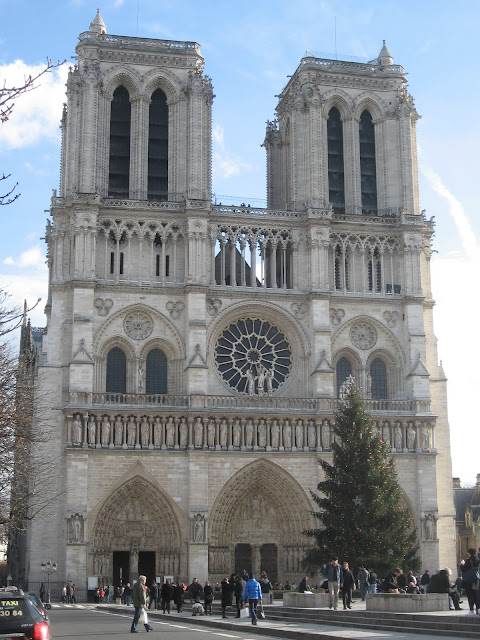No pictures can capture Spanish life, and no pictures can capture the beauty and tranquility of Madridians. No photo could show the breathtaking moments that fill my time in the capitol of España.
Spain loves chocolate; it comes in every variety and consistency. They don´t mess around with a cup of hot chocolate either. A cup of hot chocolate is literally a cup of melted chocolate, which they drink as either a dessert or in the manner one would drink a cup of coffee. It is amazing to watch someone sip on a giant cup of dark chocolate as it slowly drizzles down the side of the porcelain mug.
In France it was about coffee and bread, but in Spain it´s about chocolate and wine - who wouldn´t love it here? Everyone who lives here seems to agree with that statement, which is obvious in the way the locals treat tourists. They don´t care, really, if you´re a tourist because they realize for one, we help their economy tremendously, and two, if you are a tourist travelling to their country, then you must enjoy their city at some level. It is because of both these reasons that they try to share their country with tourists as much as possible. "Go see this, go see that..." I went to the museum of natural sciences today, and every time I walked by one particular worker, he would ask, "Did you go downstairs to the right yet?" because this was where his favorite exhibition was located.
As well, almost every waiter will give you their favorite suggestions and will also tell you what mosts tourists don´t end up liking because it is too different from what our tongues are used to. Even better is when you ask, "Hable ingles?" and if they can´t speak English you can see the look of disappointment. This does not mean, however, they will not still try to communicate, and often it turns quickly into a game of hand gestures.
Another way you can see how the Spanish love their country is their awareness toward the environment and recycling. They still use glass bottled Coca Cola and other sodas and waters, and in the morning restaurant workers can be found exchanging empty glass bottles will freshly filled ones with the various distributors. It makes me feel like I am in a time warp to the 1950s. Coca Cola is also normally served with a glass of ice that has one lemon slice waiting for you at the bottom.
In order to make the most of their days (most bars don´t open until about 8 p.m. and dance clubs open after midnight) the Spaniards like their siestas. Thought it´s not as a common as it once was I am told, many places of business close between the hours of 2 p.m. and 5 p.m., where people go home to nap.
Let´s return to the wine. While imported beer is harder to find, wines from all over the world can be found at most restaurants. And a glass of wine is not retstricted to a few ounces such as in the U.S. but is a glass of whatever size filled a little over halfway - there is no regulation in the pour.
In one last note: Americans have this idea that we are the most hated country around the world, and while this may be true when it comes to our government, actual Americans aren´t included in this position, which brings me back to the French. No matter who I talk to, whether it´s the local Madridians or the various internationals staying at my hostel, French people are the first to be made fun of by anyone. After all, while our McDonalds and Starbucks have overrun businesses in most countries, Americans gave the world Coca Cola, so how could we not be liked?
(No picture included in this entry due to problems with my computer!)






